Bulgaria may be best known for its Black Sea beaches and popular ski resorts, but it’s also home to a remarkable collection of UNESCO World Heritage Sites. These treasures range from ancient Thracian tombs and medieval frescoes to stunning mountain landscapes and natural reserves
Here’s your complete guide to all UNESCO-listed sites in Bulgaria, perfect for history lovers, architecture admirers, and nature enthusiasts.
1. Boyana Church (1979)
Located just outside Sofia, this small medieval church is famous for its exquisite 13th-century frescoes, considered masterpieces of Eastern European medieval art.
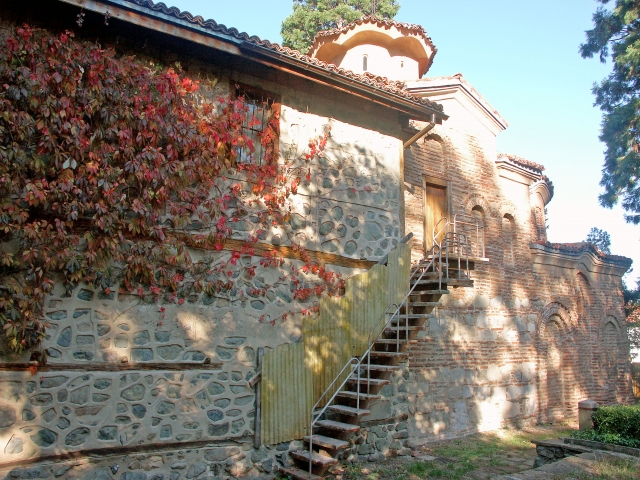
2. Madara Rider (1979)
A unique early medieval rock relief carved into a 100-metre-high cliff, depicting a horseman triumphing over a lion. It dates back to the 8th century and remains a symbol of Bulgaria’s First Empire.
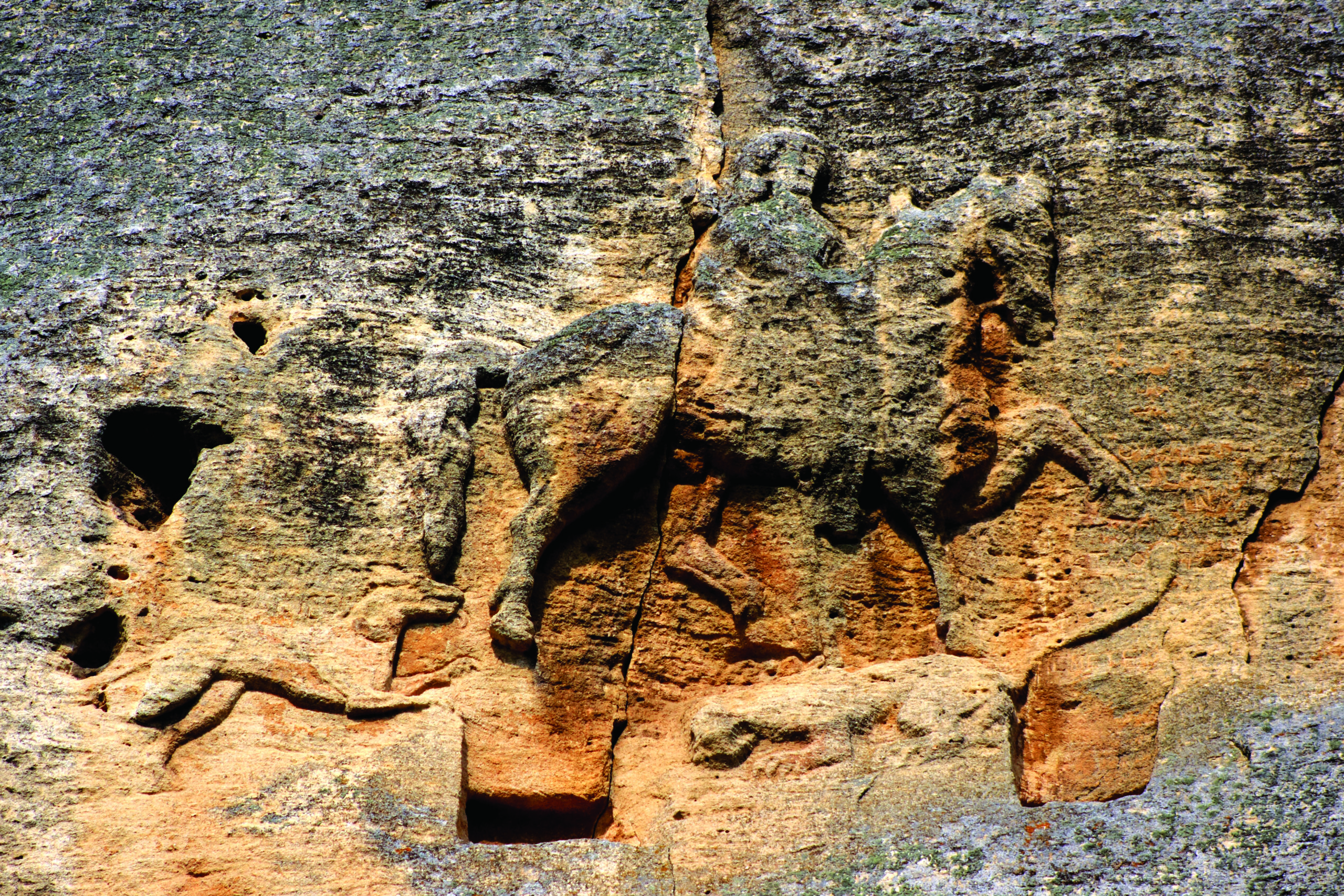
3. Rock-Hewn Churches of Ivanovo (1979)
A network of monolithic churches, chapels, and monasteries carved into solid rock, adorned with stunning frescoes from the 13th and 14th centuries.
4. Thracian Tomb of Kazanlak (1979)
An ancient burial site from the 4th century BCE, decorated with vivid murals that provide a rare insight into Thracian culture and art.
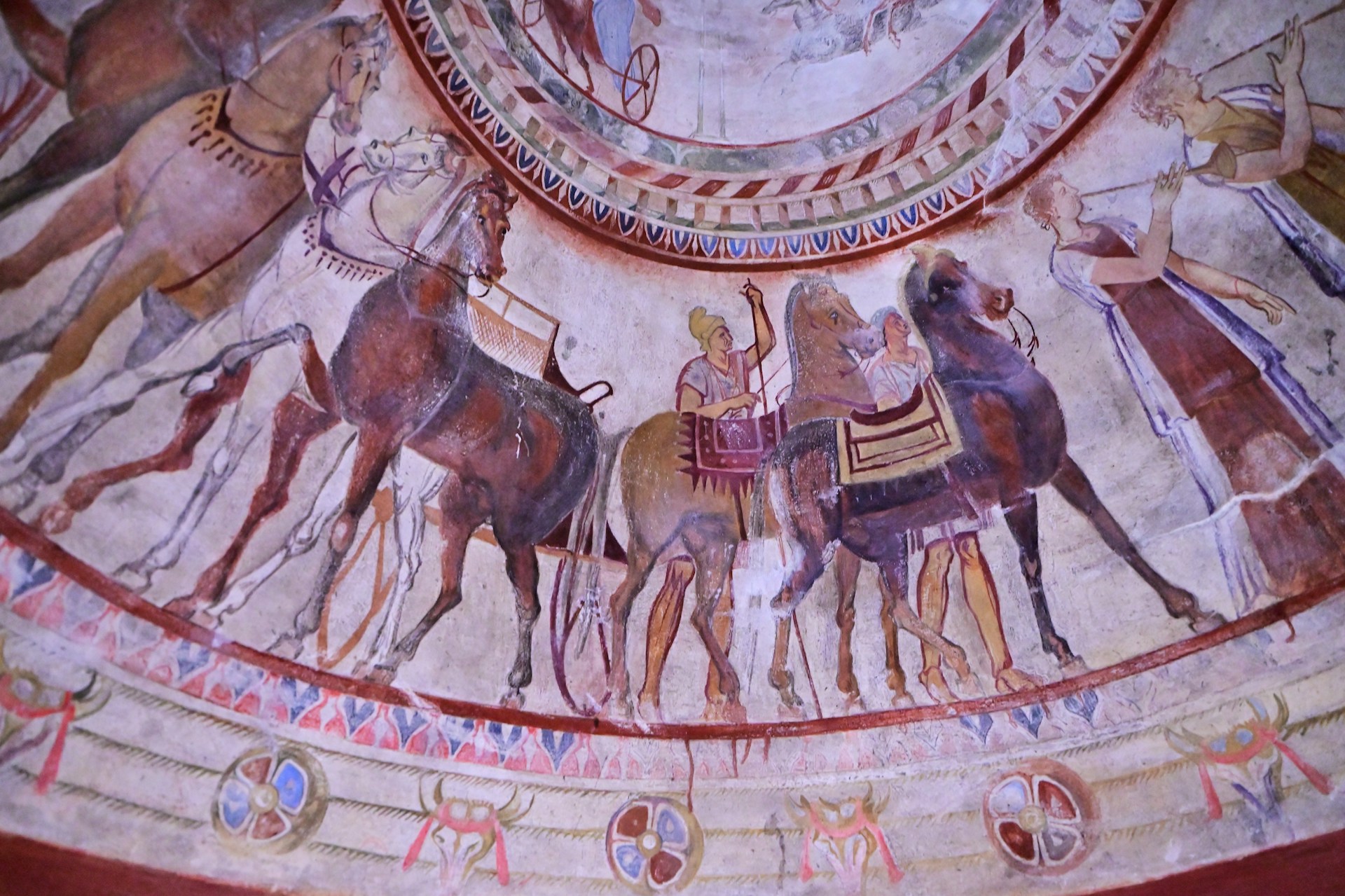
5. Thracian Tomb of Sveshtari (1985)
Discovered in 1982, this 3rd-century BCE tomb is noted for its unique architectural style and intricate carvings blending Thracian and Hellenistic traditions.
6. Ancient City of Nessebar (1983)
Perched on a rocky peninsula in the Black Sea, Nessebar boasts millennia of history, from Thracian settlement to Byzantine churches and 19th-century wooden houses.
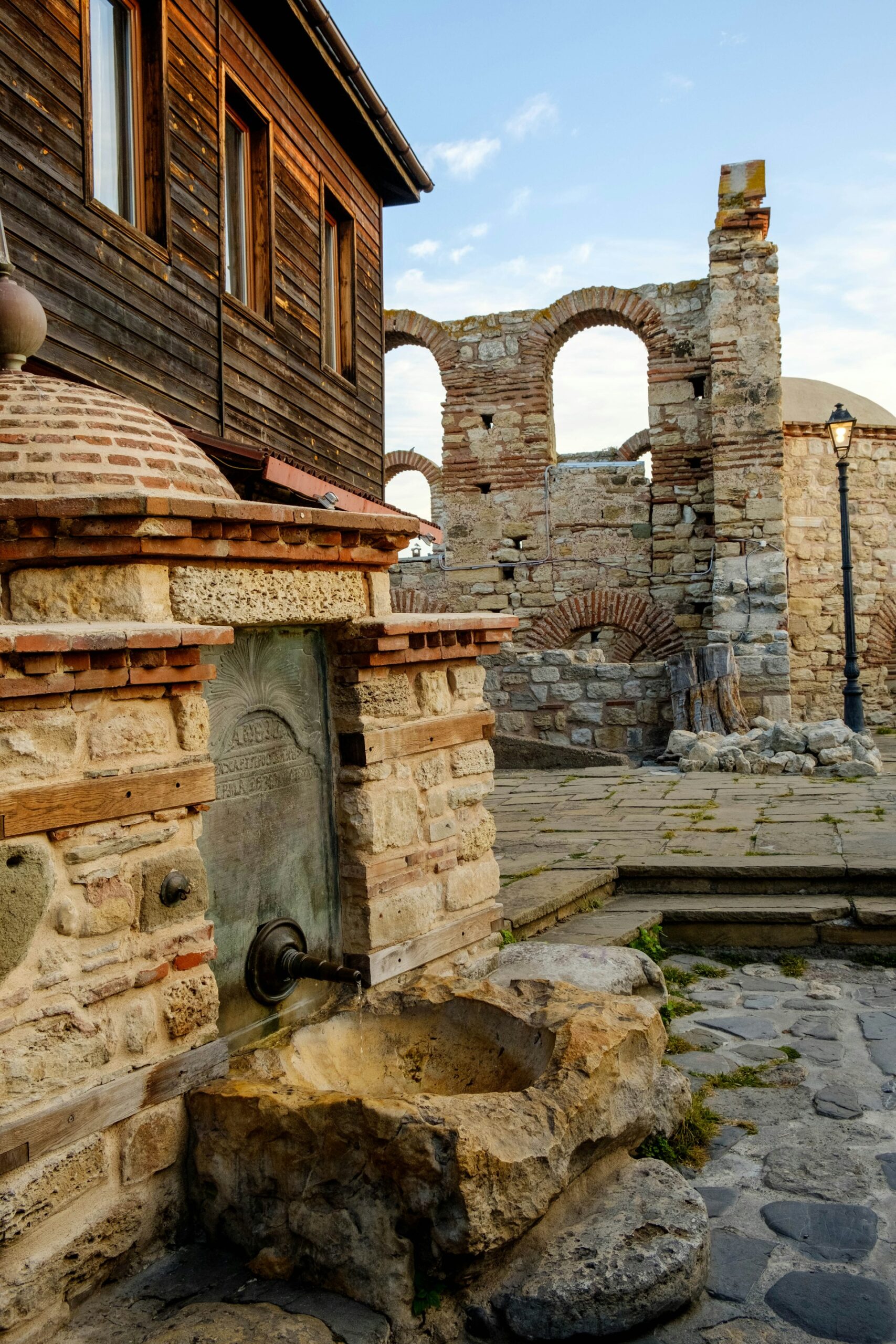
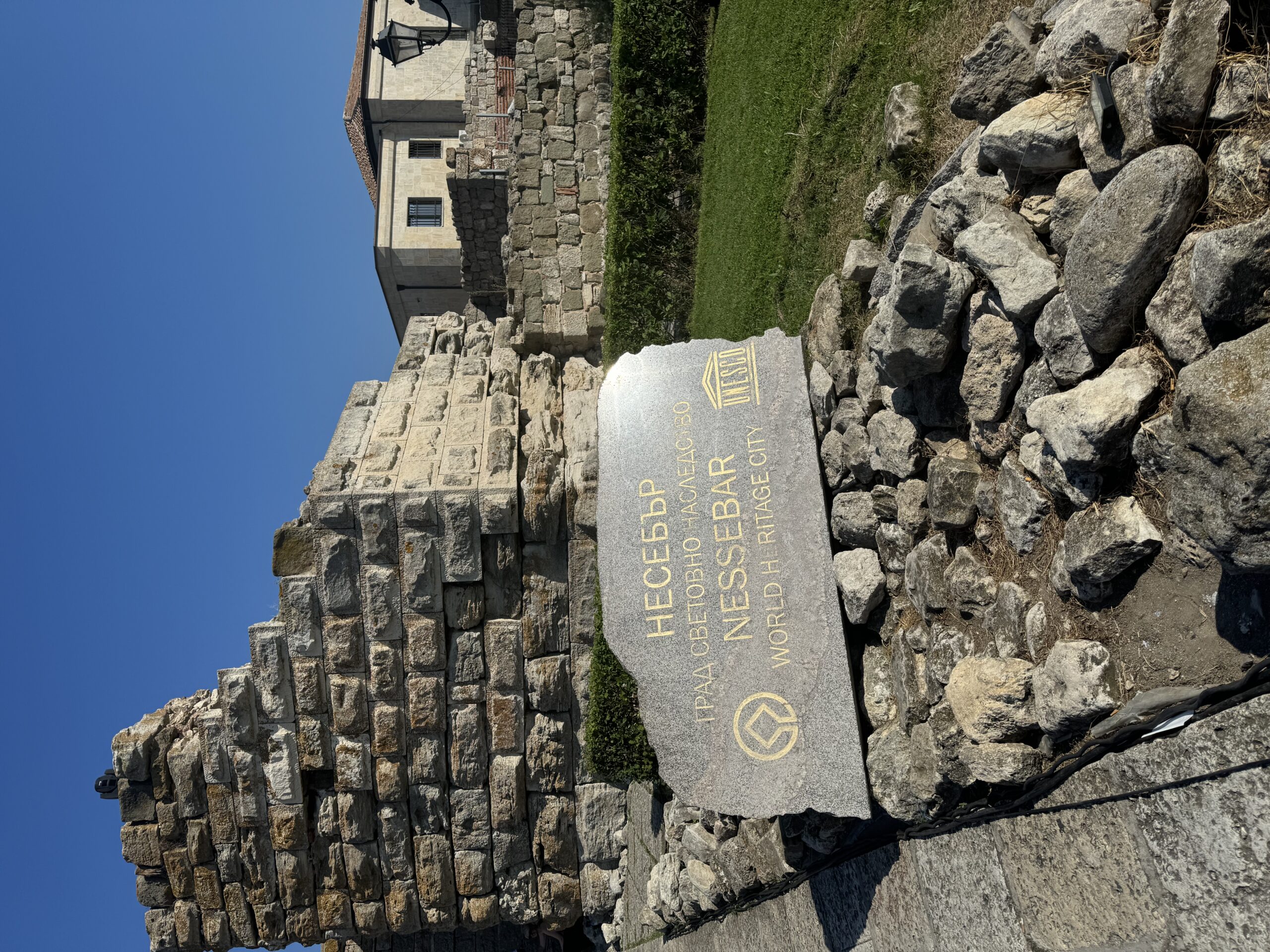
7. Pirin National Park (1983, extended 2010)
A spectacular mountainous landscape with glacial lakes, alpine meadows, and diverse flora and fauna, perfect for hikers and nature lovers.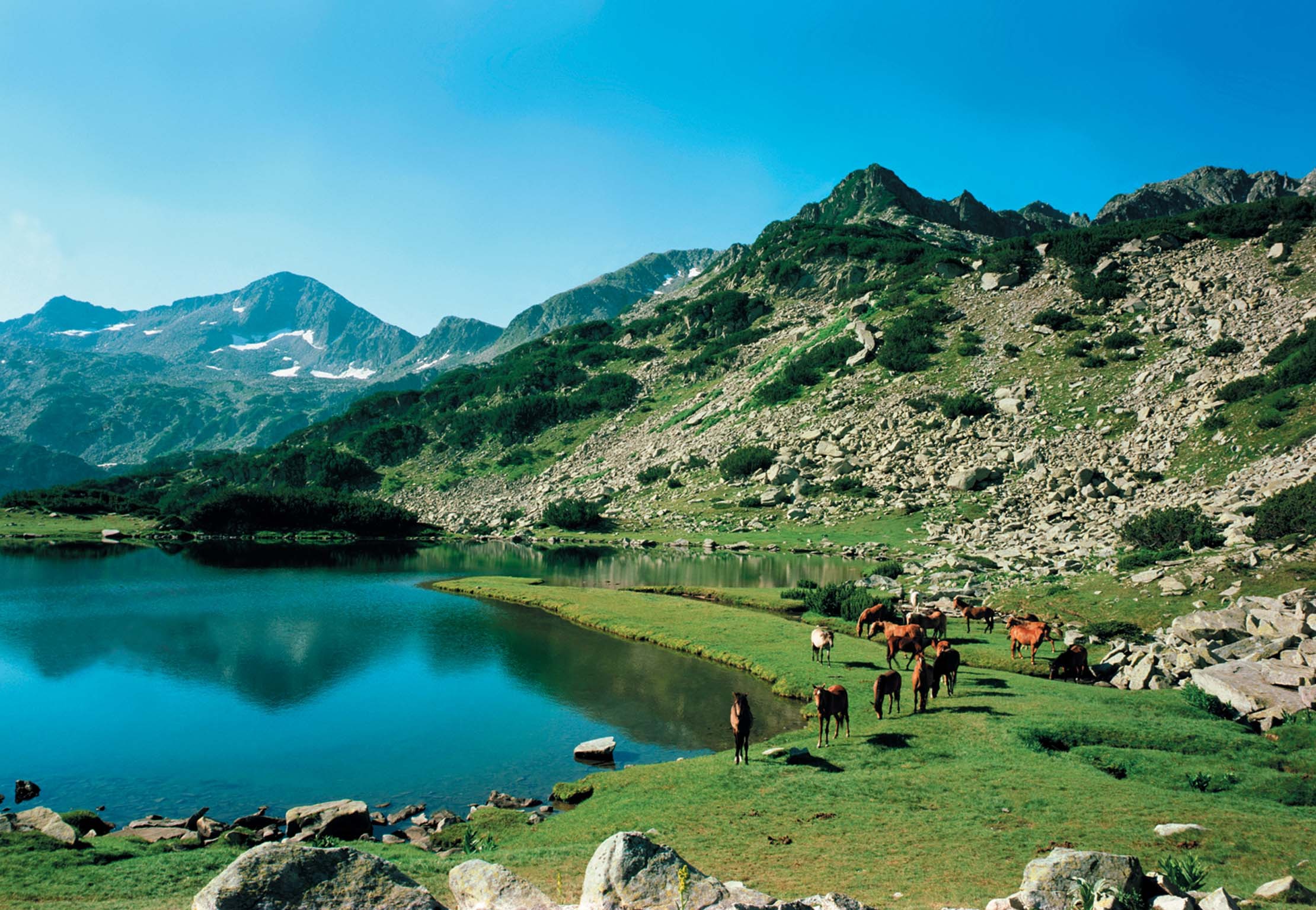
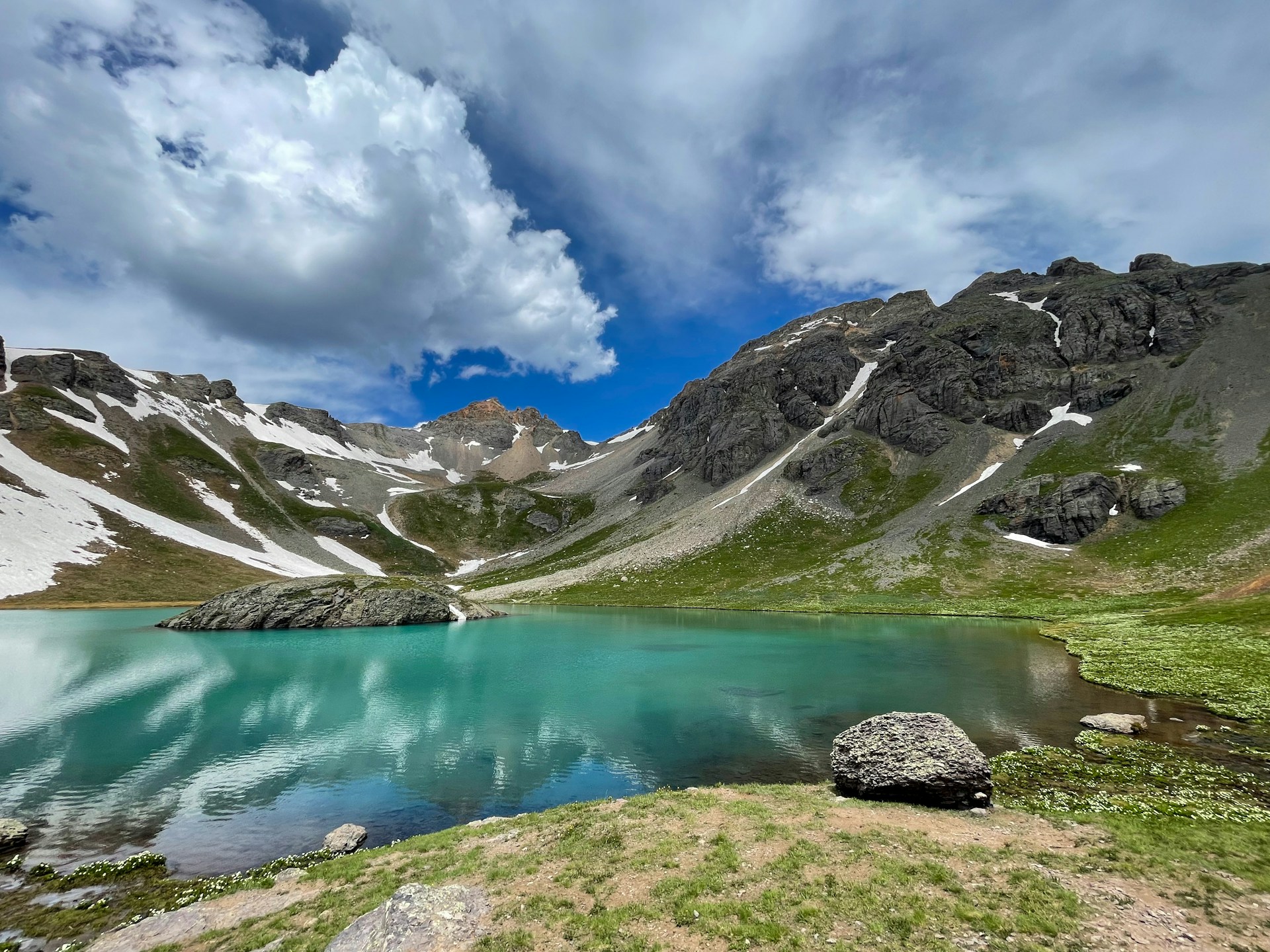
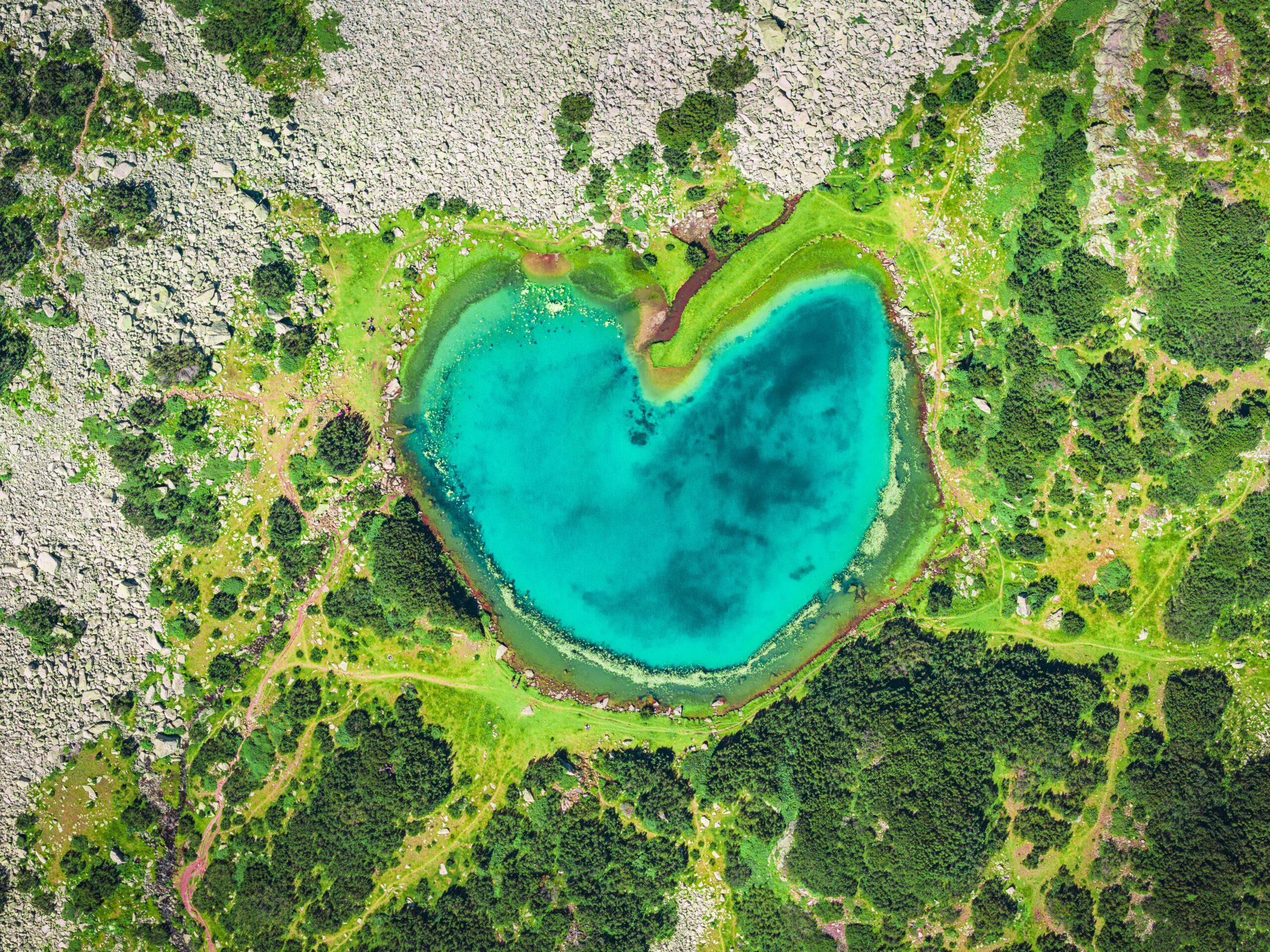
8. Srebarna Nature Reserve (1983)
A vital wetland habitat along the Danube River, home to rare and endangered bird species, including the Dalmatian pelican.
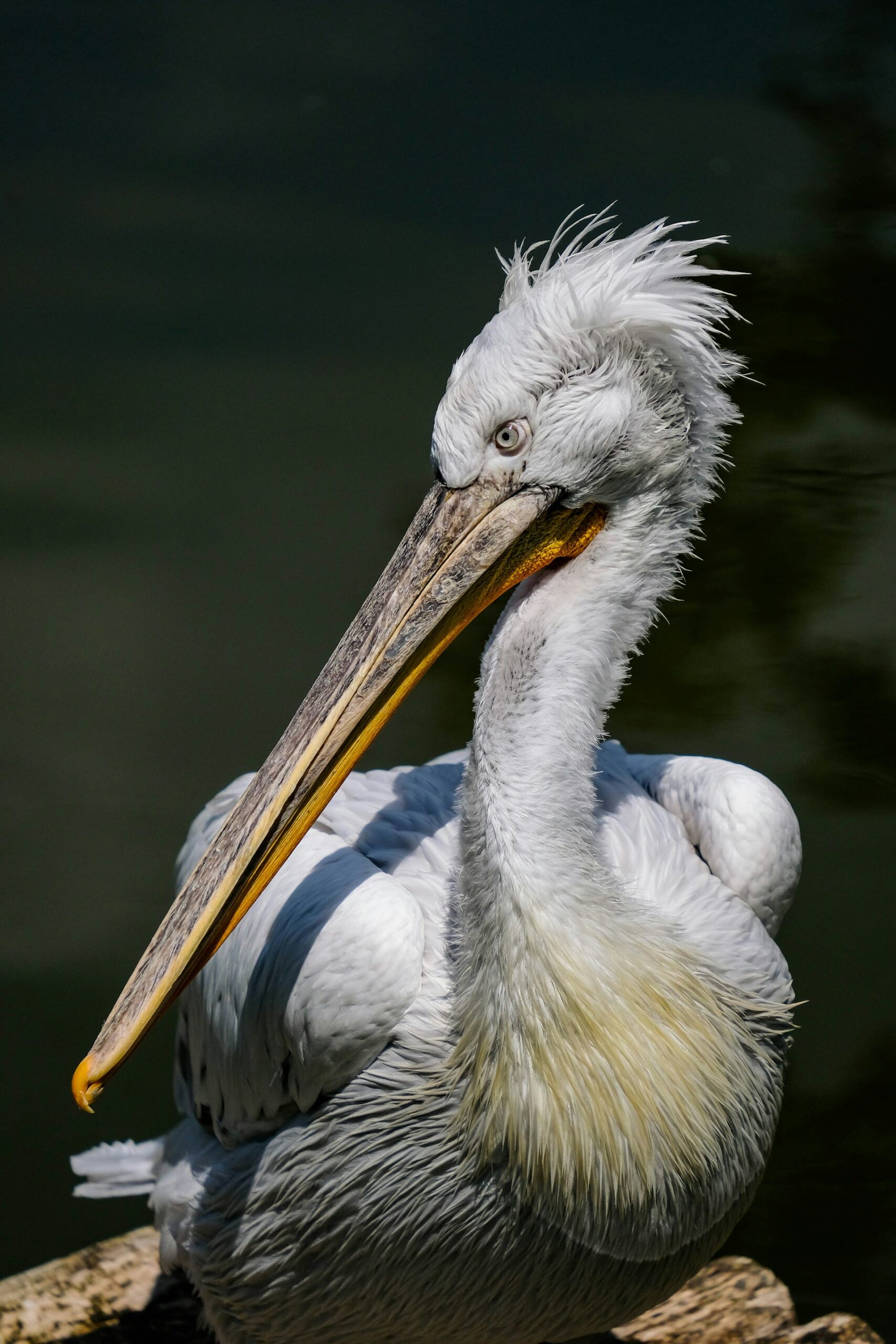
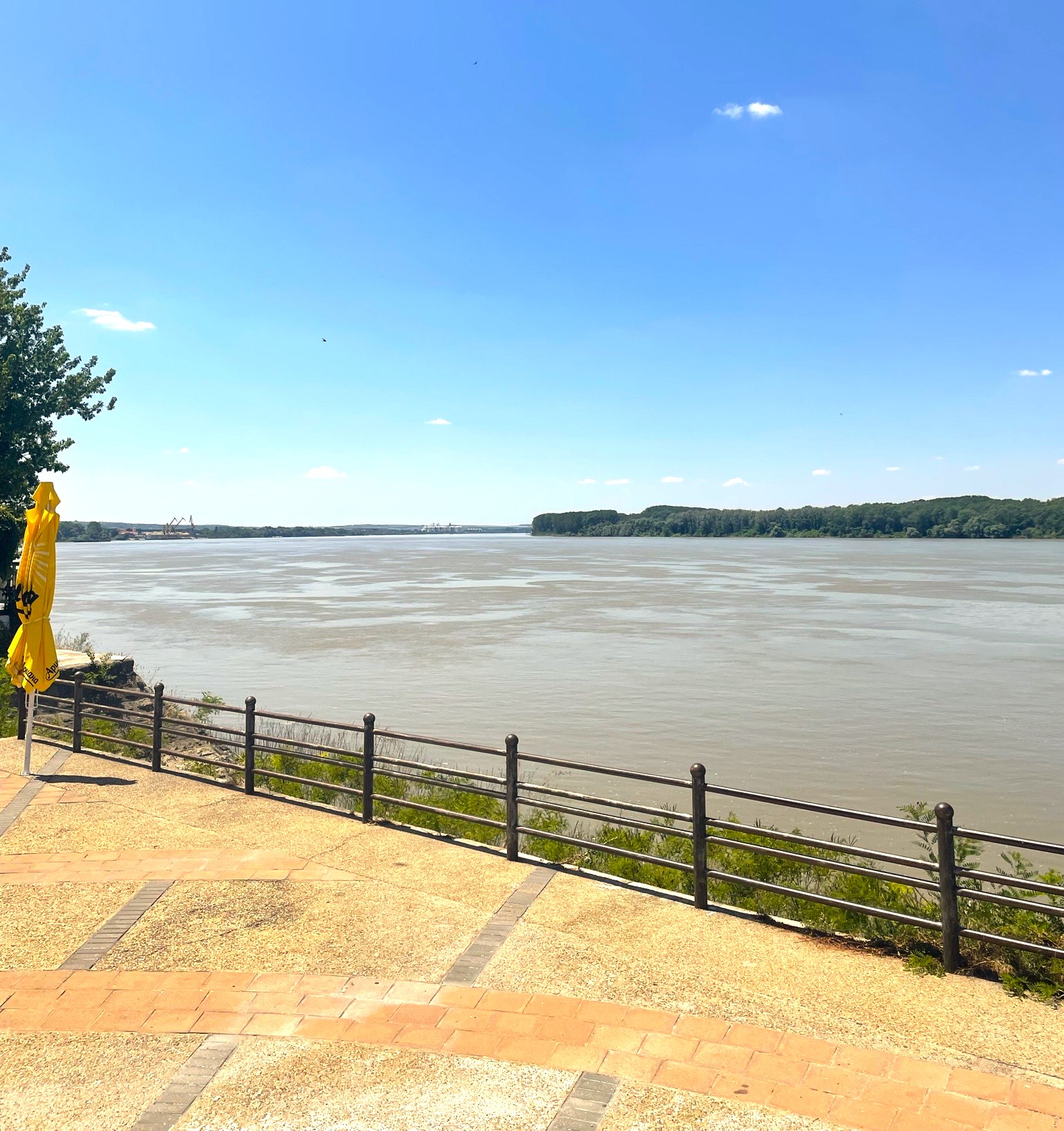
9. Rila Monastery (1983)
Bulgaria’s largest and most famous monastery, founded in the 10th century. Its vibrant frescoes, ornate wood carvings, and mountainous setting make it an unmissable cultural icon.
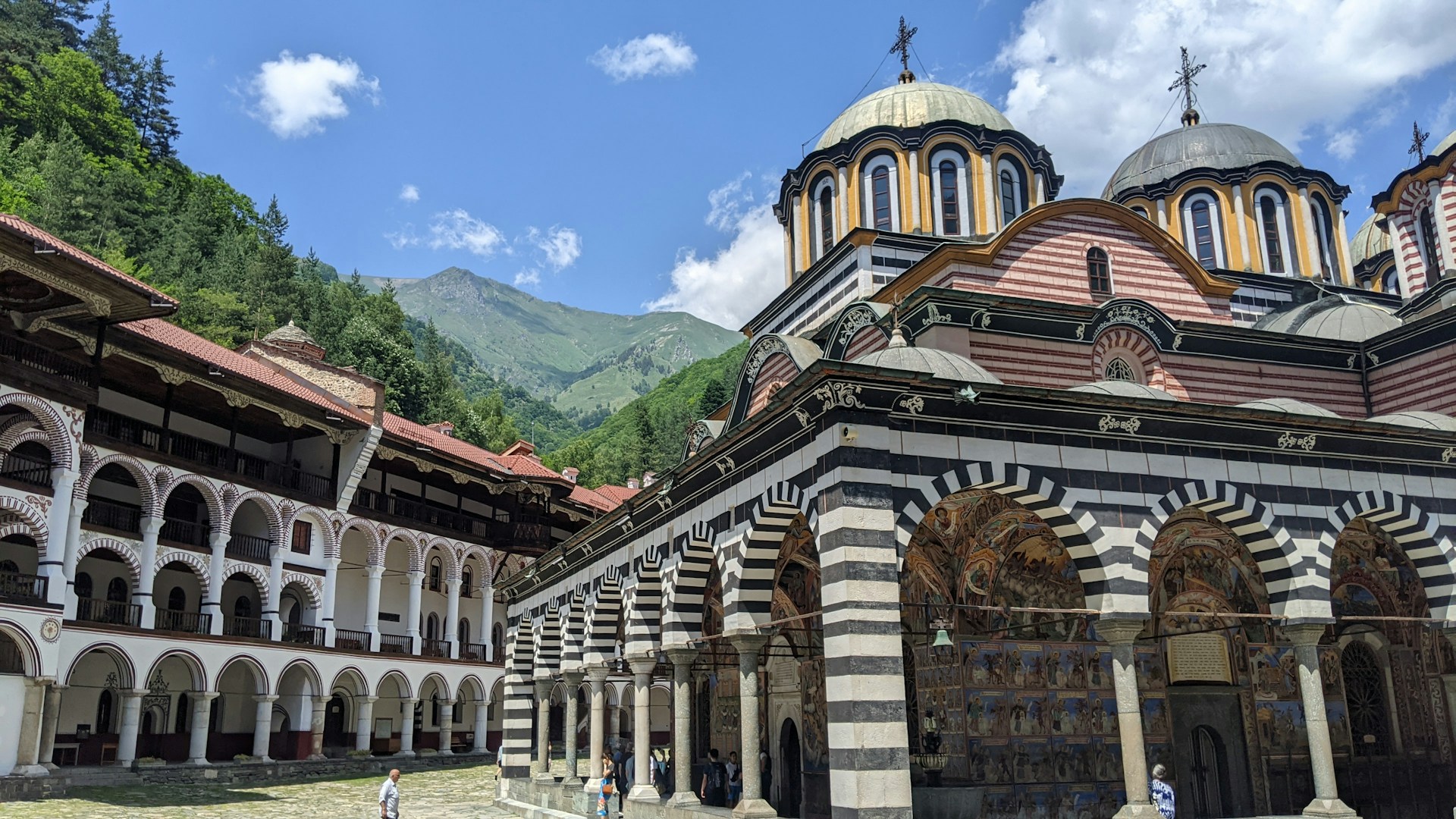
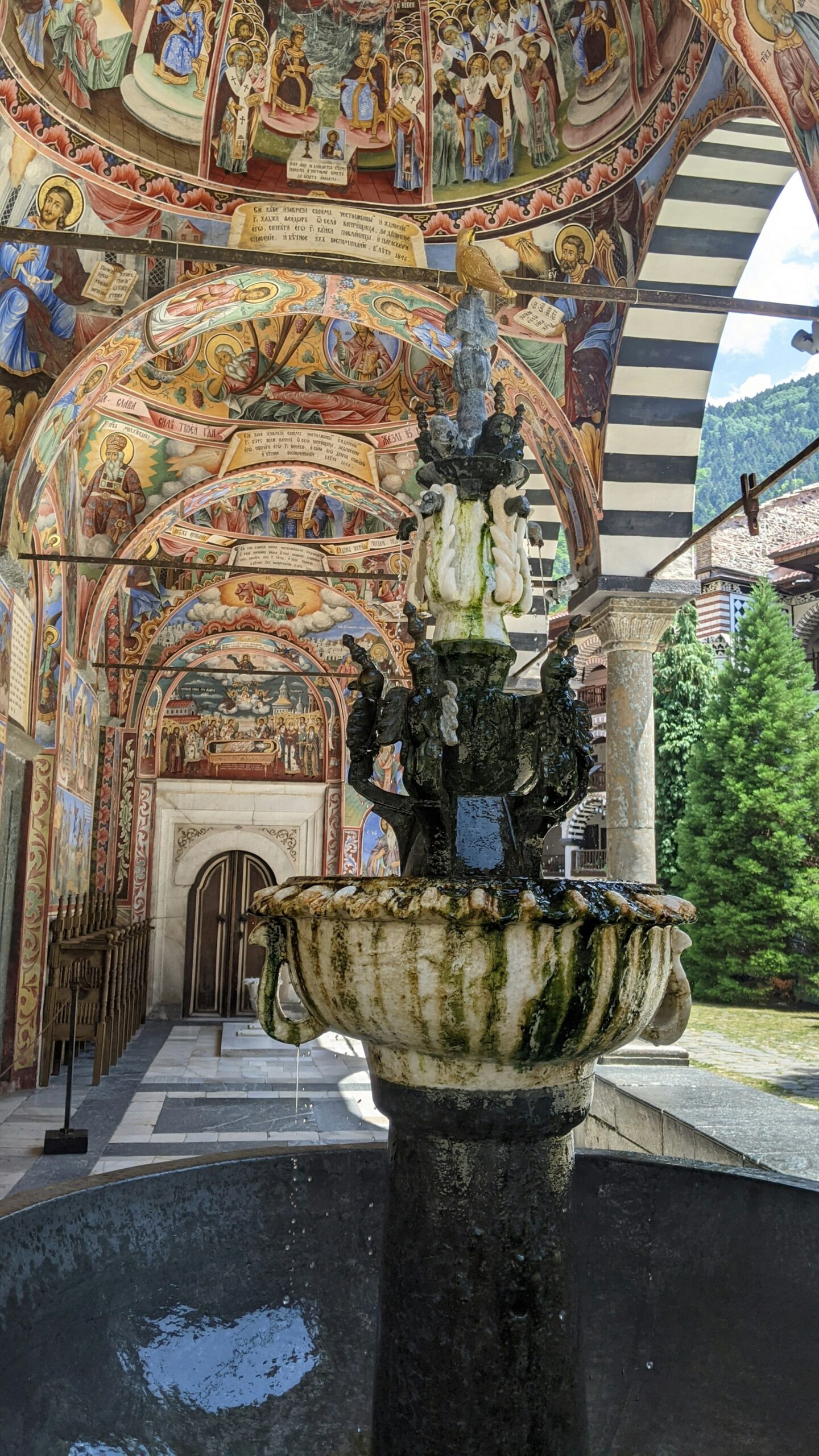
10. Ancient and Primeval Beech Forests of the Carpathians and Other Regions of Europe (2017)*
A transnational serial site, with Bulgaria’s component located in the Central Balkan National Park, preserving pristine beech forests.
Planning your trip?
Many of Bulgaria’s UNESCO sites are clustered in the west and central regions, making them easy to combine in a road trip from Sofia. For nature lovers, Pirin and the Beech Forests offer spectacular hiking, while history enthusiasts will find endless fascination in the Thracian tombs and medieval churches.
Tip: Summer offers excellent weather for both mountain exploration and coastal visits, but spring and autumn are quieter and just as beautiful.
By Nikola Stenka
Baltic Travel Company (all rights reserved)
This entry was posted on Friday, August 22nd, 2025 at 8:35 am; on the subject of Balkans, Bulgaria, UNESCO.